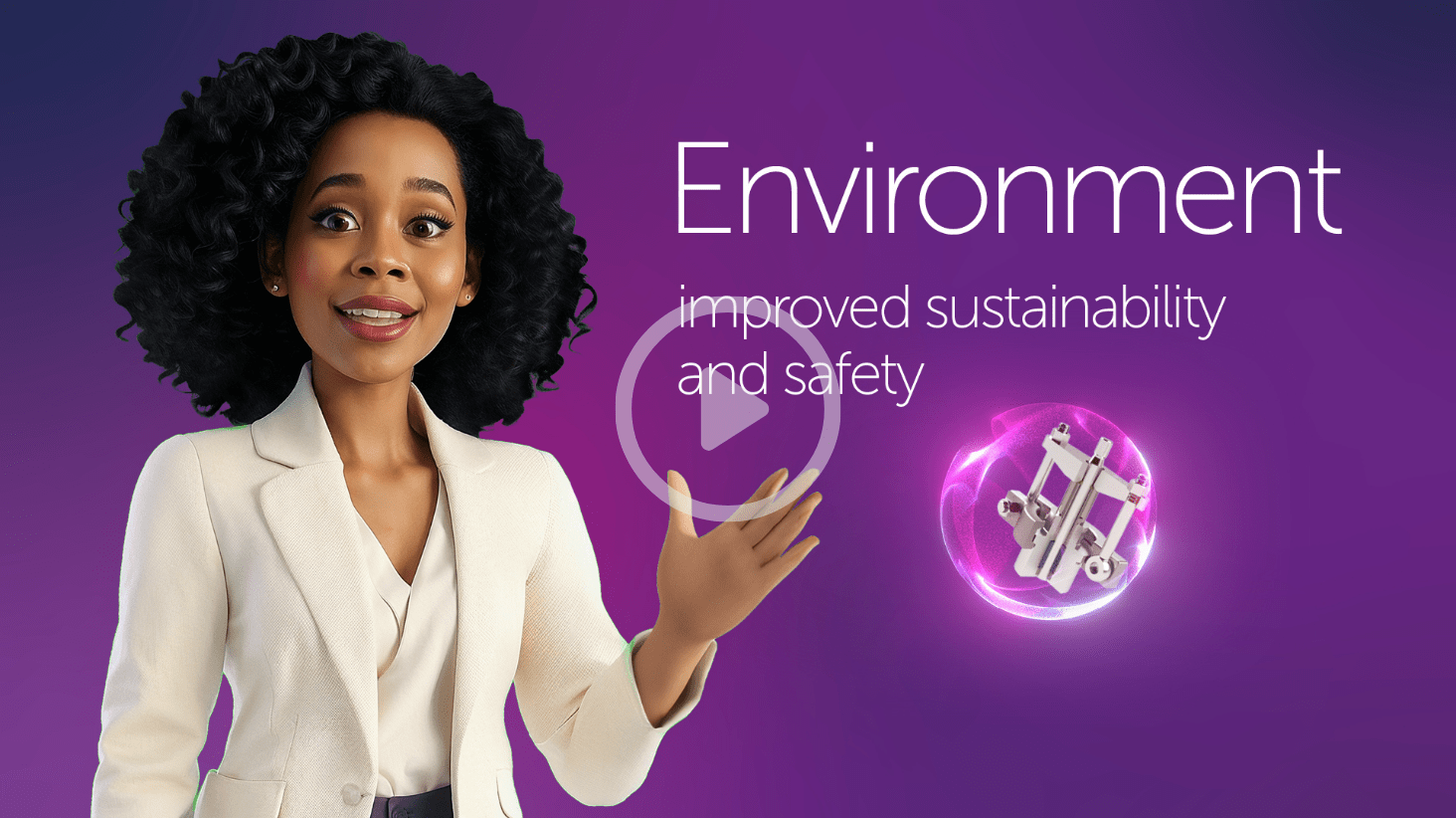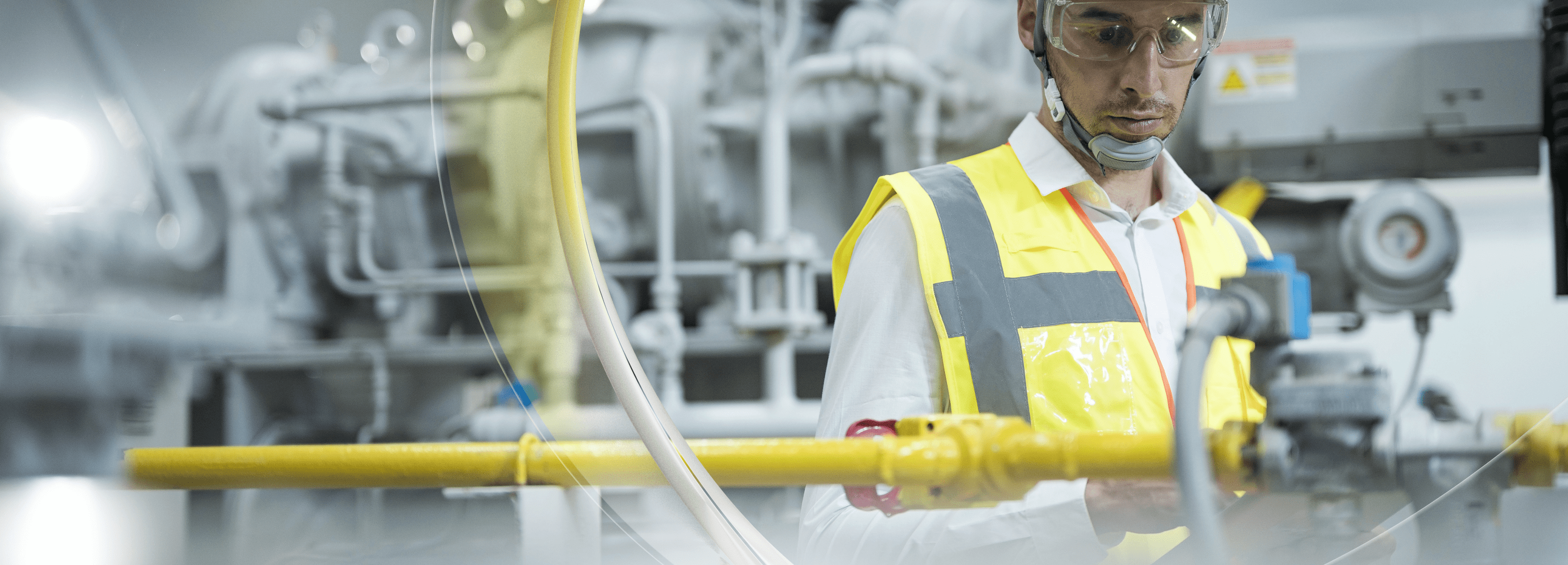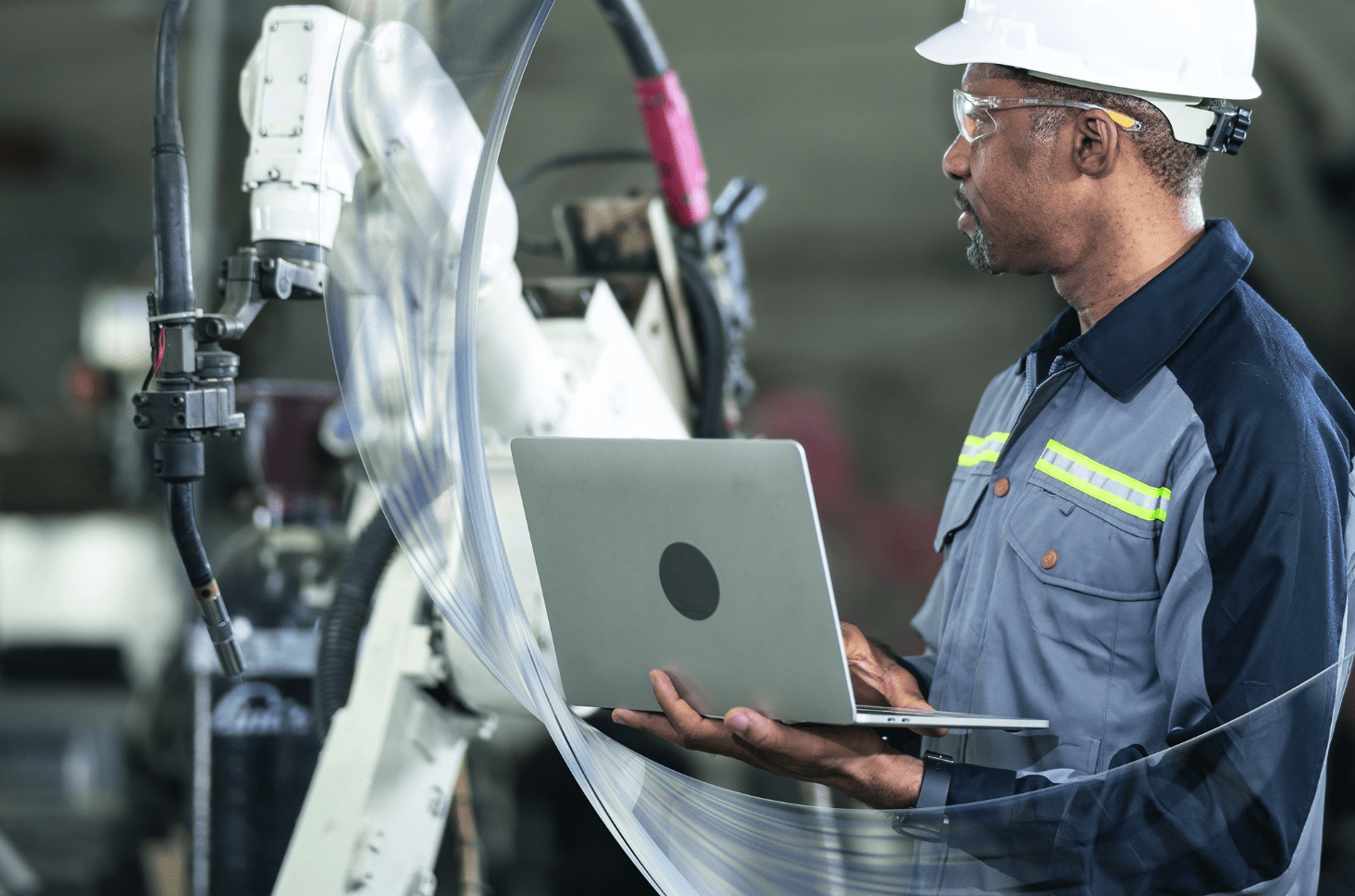What is EEEasy-Seal™?
EEEasy-Seal™ is a unique fugitive emission control valve that uses a series of seals – energised by internal fluid or gas in tandem with an internal spring – to ensure a reliable seal. Unlike traditional systems that rely on external torque, EEEasy-Seal™’s compact design reduces stem friction, avoids external torque and all but eliminates maintenance.
This innovative solution empowers you to tackle the issue of fugitive emissions (such as natural gas methane), enhancing the three Es in your operation: efficiency, efficacy and environmental protection.
Get in touchHow can the oil and gas industry accelerate efforts to curb fugitive emissions at source?
Natural gas and other fossil fuels will remain in use for years to come, but that doesn’t mean we can’t minimise their impact and start aiming for net zero now. In our latest article, we explore how fugitive emission monitoring and reduction is not just a practical solution, but a moral imperative for our industry.
Download articleEEEasy-Seal™ in detail
From meeting rigorous ISO standards to minimising fugitive emissions, EEEasy-Seal™ is designed to deliver reliable performance in challenging environments. Download our sales sheet to explore how to control methane gas with our emissions reduction solution.
Download sales sheetEEEasy-Seal™ video
Watch our latest animation from our resident Valve Doctor™ Mary to discover how EEEasy-Seal™ works to reduce fugitive emissions, improve valve performance, cut maintenance and enhance the safety standards for your team.

Helps meet sustainability targets by providing ISO Class AM/BH fugitive emission leak protection.
Designed for reliability with certification to endurance class CC2 (60,000 cycles), −70°C to +200°C.
Fire-safe configurations available, tested to API 6FA and ISO 10497 standards.
Simplifies upgrades by retrofitting IMI CCI 100D, 800 and 900 series product lines. Also suitable for upgrading competitor rising stem valves.

Regulations and compliance
Preventing fugitive emissions isn’t just an environmental responsibility – it’s a regulatory requirement. Here are the key fugitive emissions regulatory standards:
- ISO 15848:2015+A1:2017 specifies testing procedures for fugitive emissions in industrial valves, helping to verify that emissions are controlled to an acceptable level.
- The US Environmental Protection Agency (EPA) mandates Leak Detection and Repair (LDAR) Programs to monitor and repair leaking components to reduce VOC and methane emissions.
- European Industrial Emissions Directive (IED) 2010/75/EU outlines measures to prevent leaks and control fugitive emissions, and requires operators to use the Best Available Techniques for reducing environmental impact.
- The American Petroleum Institute (API) Standards for Fire Safety and Emissions Control ensure valves and other equipment meet stringent safety and emissions criteria.
EEEasy-Seal™ is designed to exceed these industry benchmarks, helping you achieve regulatory compliance in the oil and gas industry.
Understanding fugitive emissions
Fugitive emissions are the unintended release of gases and compounds during oil and gas operations. These leaks often involve volatile organic compounds (VOCs) and non-methane VOCs, which can escape from various parts of the extraction, processing and storage infrastructure. Common sources of these emissions include:
- Leaks from valves, pipeline joints and seals
- Controlled venting or natural gas flaring
- Release during gas production, storage or transfer
Although challenging to measure and control, tackling fugitive emissions is essential for environmental protection, safety and operational cost-efficiency.
Monitoring and testing
Oil and gas companies are required to monitor and test for fugitive emissions, with the frequency of testing dependent on specific regulations and company policies.
In the US, the EPA’s LDAR program mandates monitoring and annual reporting for facilities emitting more than 25,000 tonnes of CO₂ equivalent. This includes regular fugitive emission tests for valves and other critical components. To meet these requirements, facilities often conduct fugitive emission monitoring one to three times per year, using advanced techniques like optical gas imaging cameras.
By implementing comprehensive methane gas monitoring and fugitive emission tests, you can reduce leaks and improve the overall sustainability of your operations.
High Integrity Pressure Protection Systems (HIPPS)
Traditionally, when a system experiences over-pressure, the excess gas is often vented through pressure relief devices and directed to a flare system.
Our HIPPS solution, on the other hand, provides an alternative by isolating the source of high pressure rather than venting it. This is achieved through a series of sensors, logic solvers and shut-off valves that detect over-pressure conditions and shut down the process flow before it reaches a critical point.
By doing so, HIPPS can help you reduce natural gas flaring, thereby minimising environmental impact and conserving valuable resources.
You can learn more about HIPPS here.


Tailored advice from IMI experts
Are you looking for ways to cut fugitive emissions at your facility? Our experts are ready to provide tailored recommendations based on your operational needs. Book a free consultation today and take the first step towards more sustainable operations.
Schedule a consultation- Ke, J., Li, S. and Zhao, D. (2020). The application of leak detection and repair program in VOCs control in China’s petroleum refineries. Journal of the Air & Waste Management Association, 70(9): 862 –875.
- Riddick, S. and Mauzerall D. (2023). Likely substantial underestimation of reported methane emissions from United Kingdom upstream oil and gas activities. Energy & Environmental Science, 16: 295 –304.


